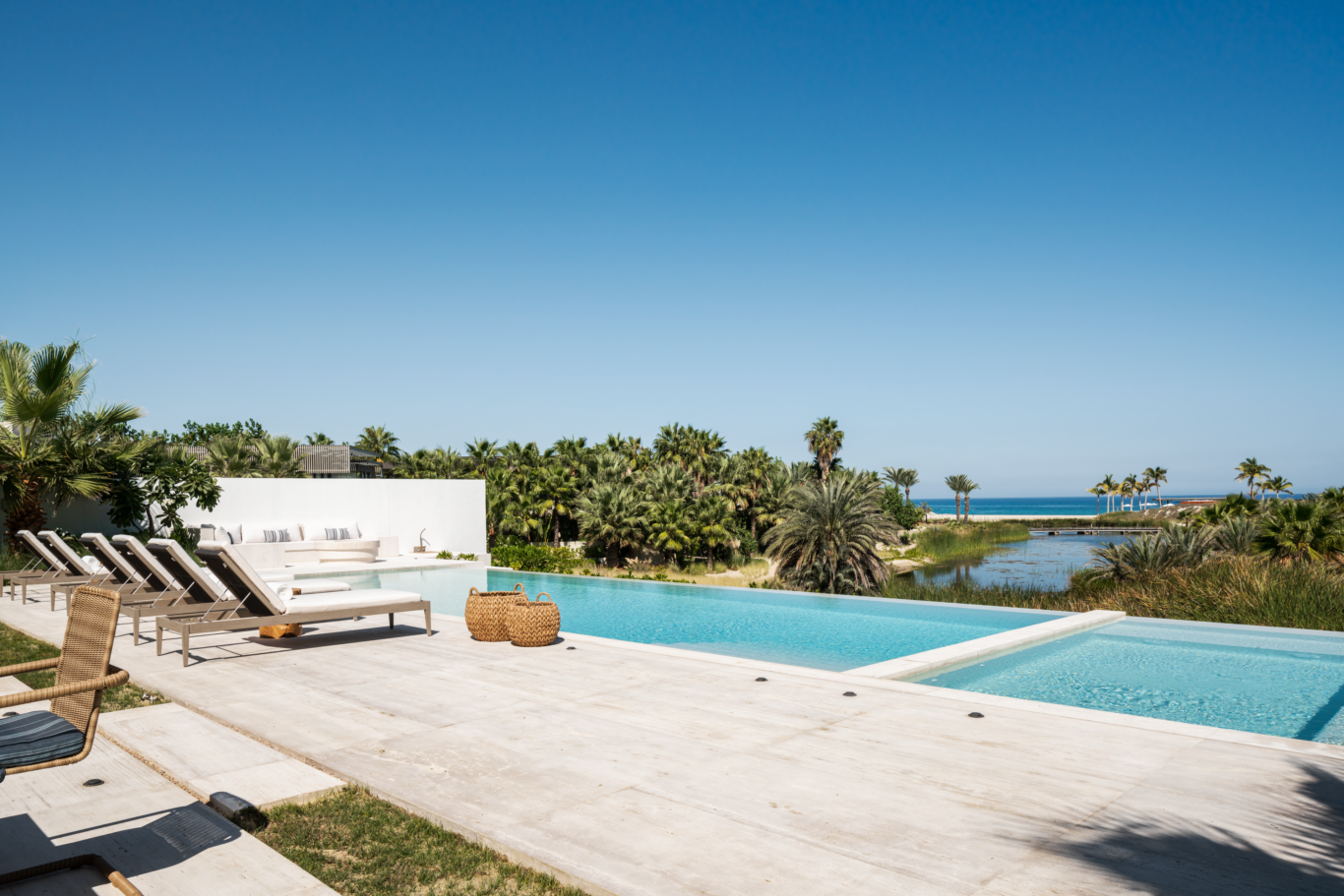
Blog | Thursday, January 18, 2024
How Property Taxes Work in Mexico vs. USA
Need to know how property taxes work in Mexico? Who wouldn’t enjoy spending their days relaxing in the unassuming elegance and laid-back luxury of Los Cabos? There’s a reason more and more seasoned travelers are choosing to carve out a permanent piece of paradise for themselves and their loved ones.
From stretches of beautiful beaches to a vibrant, colorful cultural scene and endless recreational activities, the elegant East Cape has something to offer everyone.
When you’re ready to start the process of home buying in East Cape, you need to be up-to-speed on how property taxes stack up in the U.S. vs. a foreign country.
Buying property in Mexico has benefits, like steadily increasing property values and generally low property tax rates across the country. While there are benefits, the process is different than it is in the U.S.
These tips cover the key similarities and differences in how property tax works between the U.S. and Mexico.
-
Brush up on your knowledge of buyer’s taxes.
Successful home buying in East Cape starts by understanding the key taxes you’ll be responsible for paying.
For the most part, rates in Mexico are lower than those in the United States. Property tax rates are determined state-to-state and are collected by local governments.
It’s important to note that since each Mexican state operates differently, being clear on a particular location’s rates and requirements before taking the real estate plunge is essential.
As in the U.S., home buyers in Mexico are responsible for paying specific taxes to the country’s Tax Administration Service, better known as the SAT.
-
Property Acquisition Tax
Mexico’s Property Acquisition Tax (known as the ISAI) is a required tax for homebuyers. ISAI rates vary from state to state across Mexico and are calculated based on the property’s assessed value, which is usually lower than the listing price. Typically, the amount ranges from 2-5% of the total assessed value of the property you’re purchasing. Mexico’s common practice of using assessed property value to determine the acquisition tax typically works in the buyer’s favor. For example, a home that costs $100,000 may only be assessed at $40,000, resulting in an $800 acquisition rate.
-
Annual Property Tax
Another tax requirement for homebuyers in Mexico is the annual property tax, called Predial. This tax must be paid annually and is due no later than March 31. On a positive note, this amount is usually low and is calculated based on the size and location of the property you’re buying. If you want to pay your Predial tax early, specifically between the months of January and February, it can pay off. The government offers a discount to taxpayers who make an early payment during this timeframe. How much of a discount can you expect? The amount varies by state; however, it’s usually between 6-10% off of the regular amount.
-
Income Taxes for Rentals (ISR)
If you plan on renting out your property for profit while you’re away, plan on paying ISR income tax. This tax comes straight from your rental earnings. As in the United States, rental income is calculated as regular income and needs to be reported in full to ensure compliance with federal tax law. U.S. homeowners pay according to where they fall in seven tax brackets, with amounts ranging from 10-37%.
Property owners are responsible for reporting all sources of income that are generated through the property–the declared amount is not limited solely to rent. In Mexico, gross rental income by a nonresident owner is subject to a 25% withholding tax.
Additionally, no deductions are allowed.
-
-
Study seller’s tax responsibilities.
If you decide to sell your domicile in Mexico, whether it’s to relocate or add another property to your real estate portfolio, you’ll assume the role of seller. And all that entails.
-
ISR Tax
Before deciding to sell or rent your home or second home in Mexico, keep in mind the difference in property taxes. For residential properties, you can expect to pay around 6,5 pesos per 1,000 pesos based on the assessed property value.
As the seller, you’ll be responsible for paying the ISR tax at the point of purchase or when you rent the property out for profit.
-
Capital Gains Tax
Lastly, sellers are also responsible for paying a capital gains tax according to Mexican law. Your capital gains tax can be calculated one of two ways–you’ll either pay 25% of the declared value of the transaction or 30% of the property’s net value. The net value is the difference between the assessed value at the time you purchased the property and when you sold it.
-
-
Retain a skilled realtor with international savvy.
For the most seamless home buying in East Cape transaction, prioritize the following. Make sure you select a real estate agent who is; not only experienced with Mexican real estate, but who can facilitate international transactions.
As you might expect, official documents are different in Mexico than in the U.S. and are in Spanish. You’ll need a trusted realtor to help you navigate the entire process, including translating key documents.
You’ll need someone who can clearly articulate each and every step of the home buying (or selling) process. Ensuring you are always in the loop, and comfortable with the transaction.
Feeling informed about your options throughout the home-buying process is priceless. Whether the crew you enlist consists of one realtor or an agency.
When you’re ready to research luxury homes in Mexico, begin your search in East Cape. You can buy a home nestled in one of Los Cabos’ newest developments. Consider a residence at Casa Blake, where you’re just steps from the shimmering Sea of Cortez. And with gourmet dining, world-class shopping, and a plethora of amenities.
These residences also sit alongside a freshly minted marina. One that’s quickly become a go-to port of call. Want to learn more? Explore home ownership in the iconic Casa Blake neighborhood.


